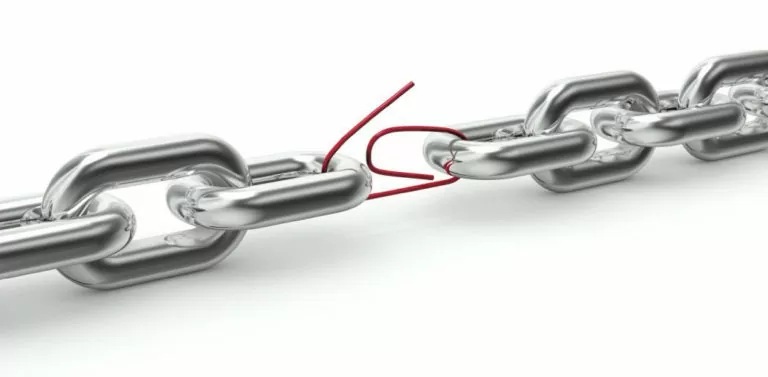The Theory of Constraints is an approach applicable to the management of corporate operations. Basically, constraint theory is a management philosophy designed to help organizations achieve their goals.
The Theory of Constraints aims to identify the objectives of the organization, the factors that hinder the achievement of these objectives, and therefore improve by trying to mitigate or eliminate the limiting factors.
I limiting factors They are called bottlenecks o constraints.
At any time, an organization is faced with at least one constraint that limits business operations. Generally, when a constraint is eliminated, another constraint is generated. The organization should focus on the new constraint. and this process is repeated over and over again.
According to the constraint theory, the best way to achieve its goals is to reduce operating expenses, reduce inventory and increase throughput. The theory of constraints includes
- three fundamental principles;
- six phases for implementation;
- a five-step reflection process.
The theory of constraints is characterized by three fundamental principles: convergence, coherence and respect.
- The principle of convergence is based on the fact that the system is simpler to manage, because a correction of an aspect of the system will have an impact on the whole system;
- The principle of coherence implies that any internal conflict must be the result of at least one premise characterized by a defect;
- And the principle of respect implies that human beings are intrinsically good and worthy of respect even when they make mistakes.
Implementation in six phases
- Identify a measurable goal. In essence, the goal is a concrete goal that implies the success and profitability of the company;
- Identify the bottleneck. This is a constraint that limits the production process. The constraint may be internal, such as a defect or a deficiency in the production process, or it may be an external obstacle, such as a competitor or some other influential market force;
- Take advantage of the bottleneck. This means making sure that the bottleneck is used to the fullest. If the bottleneck is a slow machine that processes two types of products, a very profitable product and a less profitable product, it is necessary to ensure that the machine always works on the most profitable product;
- Subordinate all other factors of the operation to the bottleneck. In other words, optimize the production process at the bottleneck. If the production process involves three machines, one can make 10 products per hour, another can make 20 products per hour, and the third can only make 3 products per hour. So it is optimal to use the machines so that they only produce 3 products per hour to keep up with the bottleneck machine. This reduces excess inventory;
- Increase the bottleneck capacity. For example, referring to the 4 point, if the bottleneck can only produce 3 products per hour, it is necessary to try to increase the output speed. For example, outsourcing the production phase or purchasing two more of these machines to increase production;
- Start the process with the next bottleneck. There is always at least one factor that limits the process. When this factor is successfully managed, another bottleneck will occur as a constraint.
Thinking process
The constraint theory also includes a thought process in 5 phases designed to organize the thought process involved in the bottleneck approach and in the attempt to solve the constraint problem.
The five steps are as follows:
- the people involved must agree on the problem. That is, they must all agree on what factor is the bottleneck;
- secondly, the people involved must agree on what kind of solution to apply. This could be something like increasing the output of the number three machine in the production process;
- The third step is to convince everyone that the solution will solve the problem. That is, the proposed solution is the correct action to eliminate the bottleneck in question;
- The fourth step is to look beyond the potential negative ramifications of the process.
- The fifth step is to overcome any obstacle to implementing the solution to the problem.
Advantages: there are many advantages in Goldratt's theory of constraints.
The constraint theory allows managers involved in the process to focus on the constraints in the process. It is a way to stimulate effort and energy and to focus attention on a single aspect of the process with the intention of correcting a clear problem, to arrive at a clear solution.
The organization that adopts and implements the constraint theory will constantly strive for process improvement. This is a way to take into account inertia and complacency, and most likely will result in operations that continue to be more efficient, more productive and more profitable over time.
Ercole Palmeri


